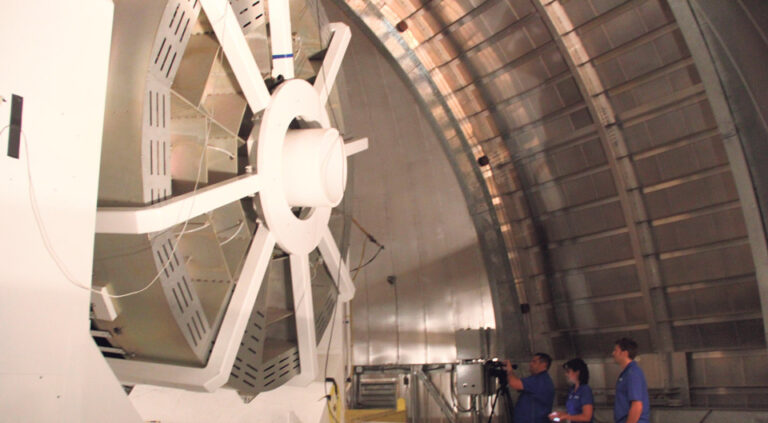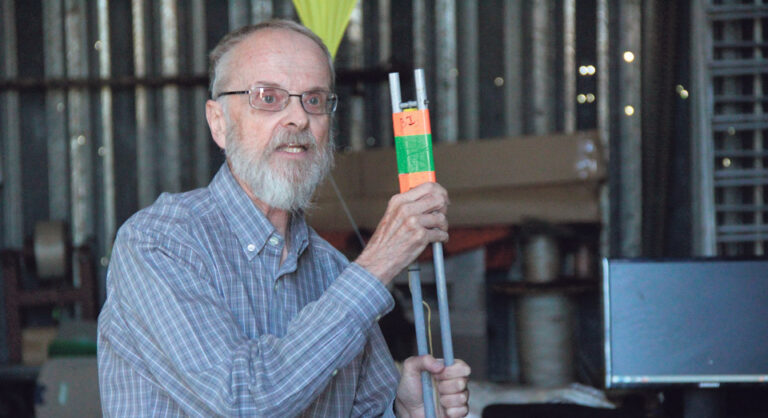This Modern World: Magdalena Ridge
Dim Things Made Bright


Dave Lepre

You see, kids, this device is how we give extraterrestrials a little payback.
Dave Lepre








